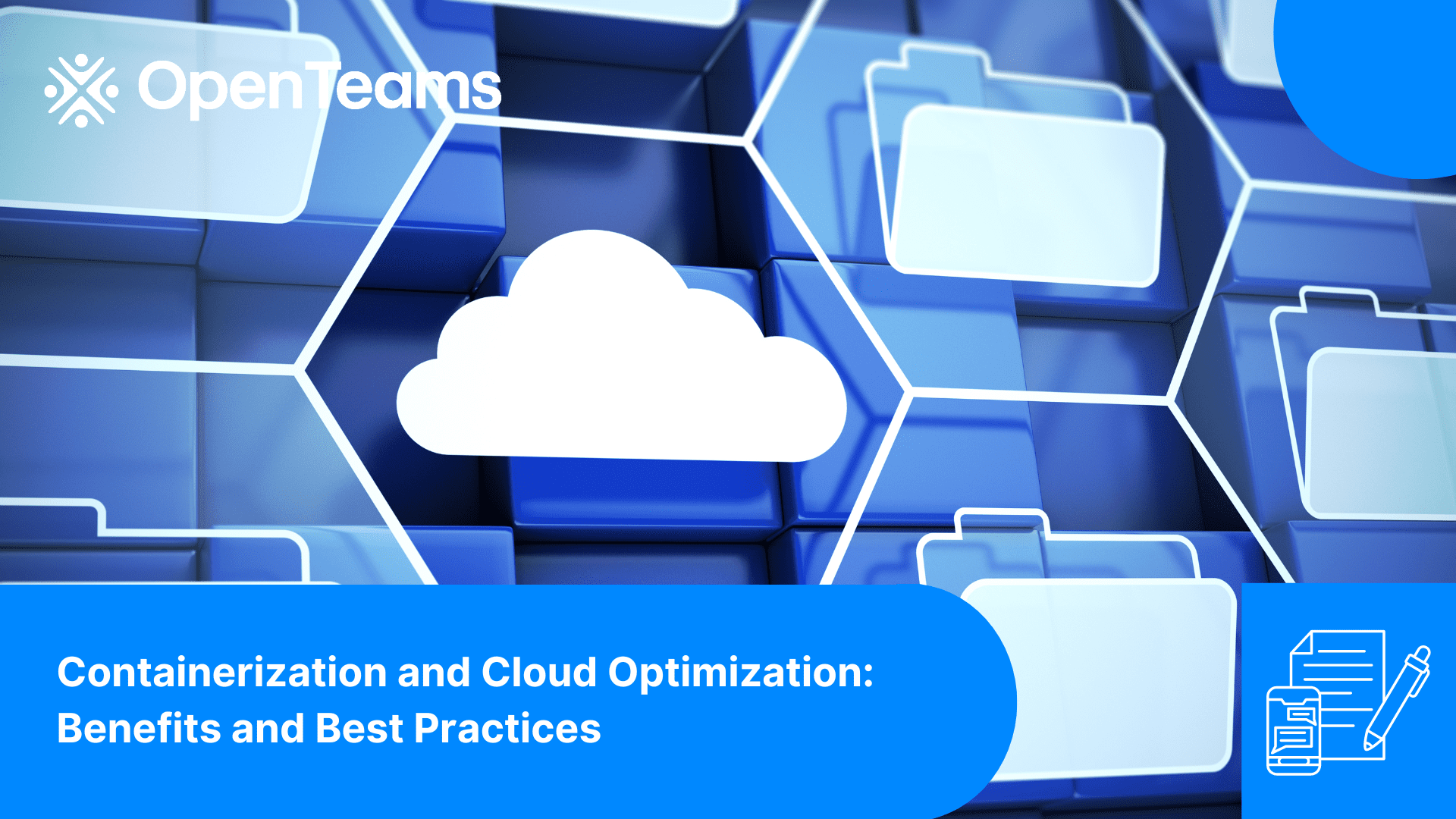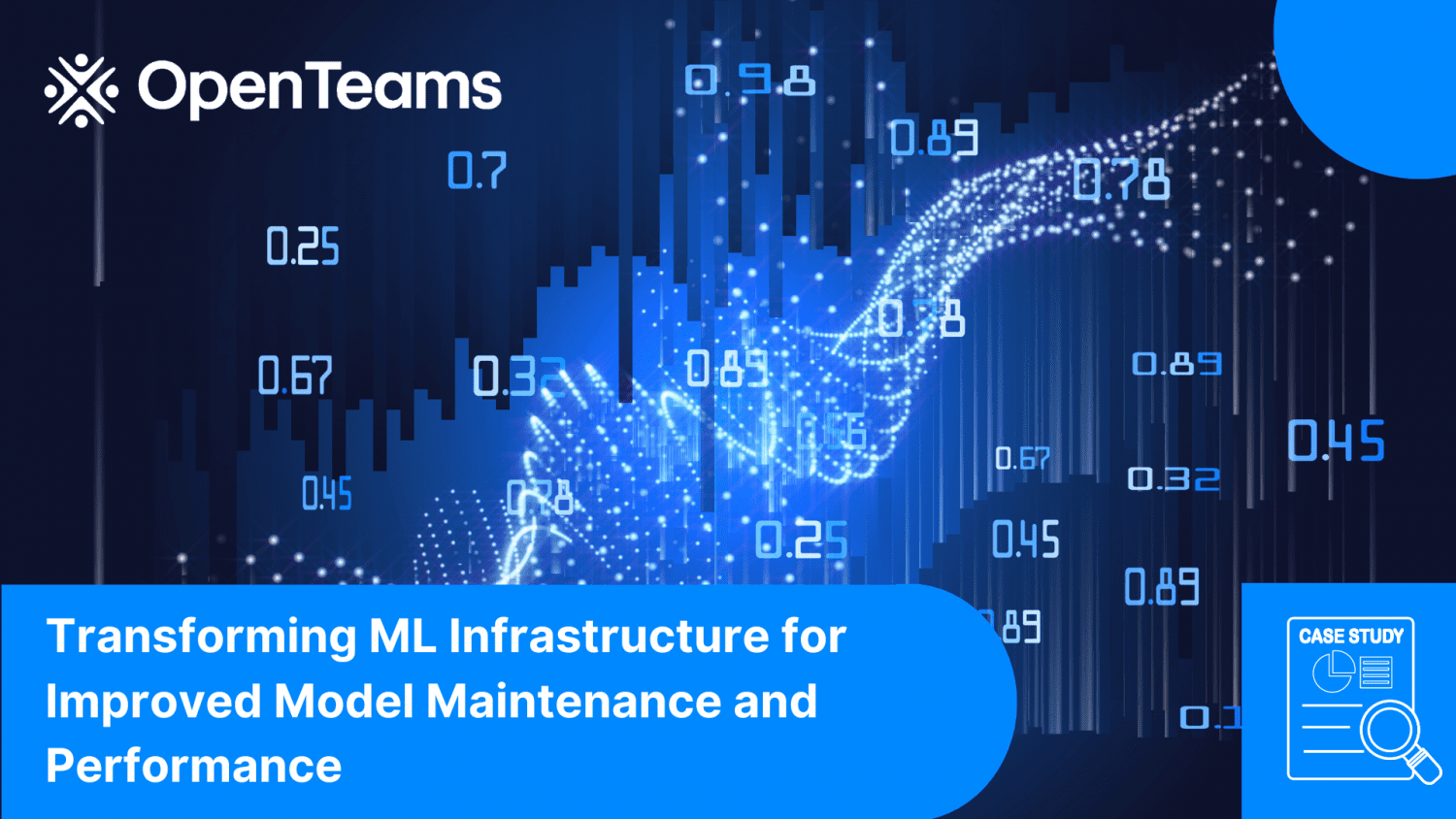
Introduction
In recent years, containerization has emerged as a powerful technology that has revolutionized software development and deployment. Combined with cloud optimization strategies, it has provided organizations with unprecedented flexibility, scalability, and efficiency. In this article, we will explore the benefits of containerization and cloud optimization and discuss some best practices for leveraging these technologies effectively.
Benefits of Containerization
Portability: Containers encapsulate an application and its dependencies, making them highly portable across different environments. Developers can create a container image once and run it consistently on any platform, including local machines, data centers, and public or private clouds. This portability enables seamless deployment and avoids issues related to compatibility and configuration drift.
Scalability: Containers enable horizontal scaling by allowing multiple instances of an application to run concurrently. With container orchestration platforms like Kubernetes, organizations can easily scale applications up or down based on demand. This flexibility ensures that resources are utilized efficiently and helps meet the needs of rapidly growing user bases or sudden spikes in traffic.
Isolation: Containers provide a lightweight and isolated runtime environment for applications. Each container runs in its own isolated namespace, ensuring that applications and their dependencies do not interfere with each other. This isolation enhances security, as vulnerabilities or misconfigurations in one container are less likely to impact others.
Efficiency: Containerization optimizes resource utilization by reducing overhead. Containers share the host operating system kernel, eliminating the need for running multiple virtual machines. This approach results in faster startup times, lower memory footprint, and reduced storage requirements. It also enables efficient utilization of hardware resources, leading to cost savings in cloud environments.
Benefits of Cloud Optimization
Cost Optimization: Cloud optimization techniques help organizations reduce their cloud infrastructure costs. By rightsizing resources, utilizing reserved instances or spot instances, and leveraging auto-scaling capabilities, businesses can optimize their cloud spending. Additionally, cloud providers offer tools and services that enable organizations to monitor and analyze their usage patterns, identify inefficiencies, and make data-driven decisions to optimize their cloud infrastructure.
Performance and Scalability: Cloud optimization strategies focus on improving application performance and scalability. Cloud providers offer various services like content delivery networks (CDNs), load balancers, and edge computing capabilities, which enhance the user experience by reducing latency and improving response times. By optimizing application architectures and utilizing autoscaling and load balancing features, organizations can ensure their applications perform well even under high loads.
Reliability and Resilience: Cloud providers offer built-in redundancy and failover mechanisms that enhance application reliability and resilience. Organizations can distribute their applications across multiple availability zones or regions, ensuring high availability in case of infrastructure failures. Additionally, cloud providers offer backup and disaster recovery services that simplify data protection and ensure business continuity.
Best Practices for Containerization and Cloud Optimization
Microservices Architecture: Adopt a microservices architecture to decompose monolithic applications into smaller, independent services. This approach aligns well with containerization and enables organizations to scale and update individual components independently, improving agility and reducing dependencies.
Infrastructure as Code (IaC): Use infrastructure as code tools like Terraform or CloudFormation to define and manage your cloud infrastructure. IaC allows you to version control your infrastructure, automate provisioning, and ensure consistency across environments. It simplifies the deployment of containerized applications and enables efficient resource management.
Continuous Integration and Deployment (CI/CD): Implement CI/CD pipelines to automate the build, testing, and deployment of containerized applications. CI/CD ensures that changes to applications can be tested and deployed rapidly, reducing the time to market. Integration with container registries and orchestration platforms streamlines the deployment process and enables seamless rollbacks in case of issues.
Monitoring and Optimization: Implement robust monitoring and logging solutions to gain insights into application performance, resource utilization, and cost patterns. Leverage cloud-native monitoring tools like Prometheus and Grafana or use managed services provided by cloud providers. Regularly analyze metrics and logs to identify optimization opportunities and make informed decisions to optimize resource allocation and application performance.
Security and Compliance: Prioritize security best practices throughout the containerization and cloud optimization process. Ensure that container images are built from trusted sources and are regularly updated with security patches. Implement access controls, network segmentation, and encryption mechanisms to protect sensitive data. Comply with relevant regulations and industry standards to maintain data privacy and ensure regulatory compliance.
Conclusion
Containerization and cloud optimization are complementary technologies that offer numerous benefits to organizations. Containerization enhances application portability, scalability, and efficiency, while cloud optimization strategies help reduce costs, improve performance, and ensure reliability. By adopting best practices like microservices architecture, IaC, CI/CD, monitoring, and security measures, organizations can maximize the advantages of containerization and cloud optimization and build scalable and resilient applications in the cloud.
Related Articles
Computer Vision for Automatic Vehicle Damage Detection and Cost Estimation
Transforming ML Infrastructure for Improved Model Maintenance and Performance
Empowering Data-driven Innovation: Building a Scalable Data Science Platform for Seamless Data Modeling and MLOps Excellence
Unleashing Computational Speed: Enhancing Risk Models for Compliance in a Global Financial Powerhouse
Transforming Armed Forces Training: Reinforcement Learning for Enhanced Adaptability and Strategy Development
Unlock the power of open source for your business today
OpenTeams provides businesses with access to a team of experienced open source professionals who can help them unlock the power of open source technologies, delivering customized solutions tailored to their specific needs and goals. Get in touch with us today to learn how we can help you leverage open source to achieve your business objectives.






